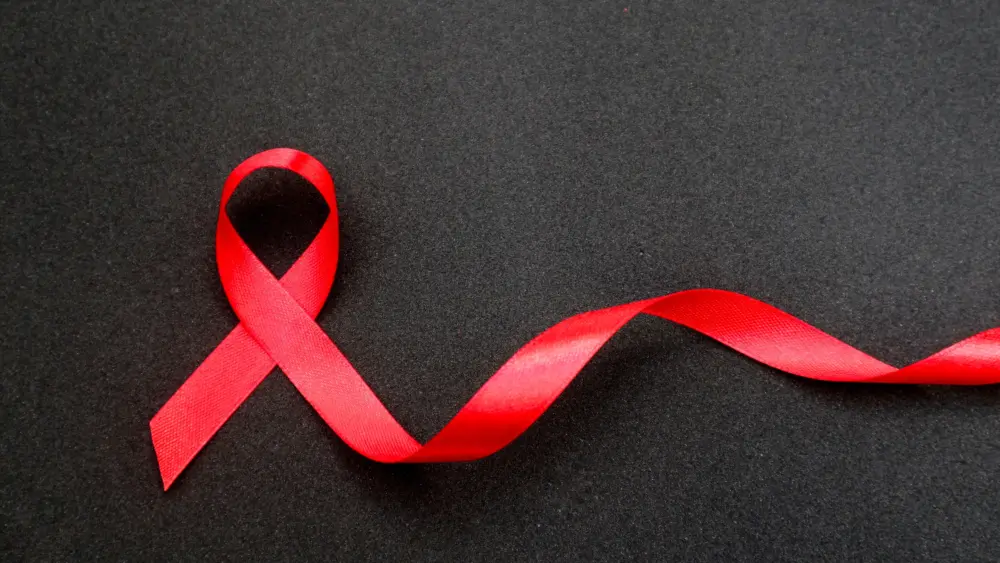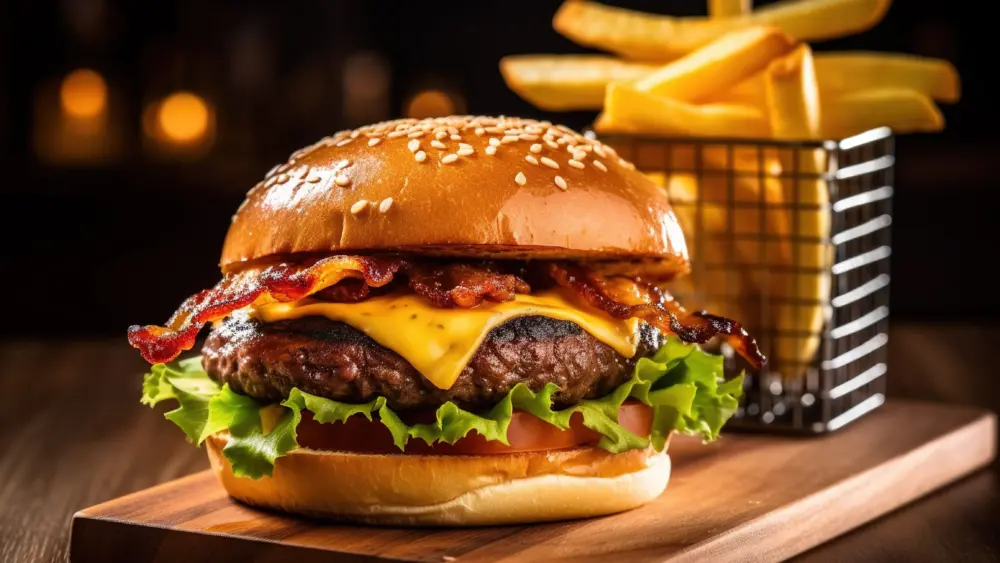Who would’ve guessed it’d be the landslide of wineries that sandbagged suburbia?
 The 1976 Paris tasting is known to some as the “shot heard around the world,” but to locals, it was just one of many pivotal events that changed the worldwide view of Napa Valley and its wine. The area evolved beyond the days when cattle roamed, wineries and tourists were few and crop diversity was commonplace—a way of life that no longer exists. Napa Valley, once comprised largely of locals, has become a habitat for vacation renters and the hedge fund set. The essence of small town charm has all but vanished—a time when St. Helena served its people with multiple hardware stores, butcher shops and Goodman’s Department Store was less about Wine Country swag and more about accessible goods. The A&W that once posed as a remembrance of the drive-in days, when root beer floats were delivered straight to your car, has become an eyesore to most. But there’s a silver lining that came with our towns’ sandy tumble—the birth of a wine region.
The 1976 Paris tasting is known to some as the “shot heard around the world,” but to locals, it was just one of many pivotal events that changed the worldwide view of Napa Valley and its wine. The area evolved beyond the days when cattle roamed, wineries and tourists were few and crop diversity was commonplace—a way of life that no longer exists. Napa Valley, once comprised largely of locals, has become a habitat for vacation renters and the hedge fund set. The essence of small town charm has all but vanished—a time when St. Helena served its people with multiple hardware stores, butcher shops and Goodman’s Department Store was less about Wine Country swag and more about accessible goods. The A&W that once posed as a remembrance of the drive-in days, when root beer floats were delivered straight to your car, has become an eyesore to most. But there’s a silver lining that came with our towns’ sandy tumble—the birth of a wine region.In 1975, Napa Valley Vintners (NVV) sported 25 members and, by 2014, that number had jumped to 500. A monumental move came in 1968 with the establishment of the agriculture preserve—its mission: to stop suburban sprawl. Who would’ve guessed it’d be the landslide of wineries that sandbagged suburbia?
In the ’80s, a statewide marketing order instituted a surcharge on every case of wine sold, whose funds would be used to promote our valley as a wine destination—a venture that clearly paid off, given the $1.4 billion boom otherwise known as Napa Valley tourism. Another vintner milestone hit in 1981, when Napa Valley became the first American Viticultural Area (AVA) established in California. In that same year, the group held the inaugural Auction Napa Valley, which raised $140,000 for local hospitals and went on to generate $18.7 million in 2014.
Napa Valley Grapegrowers (NVGG) formed in 1975 with barely a dozen members, a figure that rose to 650 in 2014. An industry-defining moment came in 1976 when NVGG released the first cost production survey, which would reconcile the disparity between the cost to raise grapes and a marketable price to sell them, with the aim of creating a sustainable industry. A year later the organization secured the 75 percent rule, which mandates that wineries use at least 75 percent of grapes from Napa County—a rule that still stands today. In 2015, NVGG remains committed to core causes including the Napa Valley Farmworker Foundation, which has raised more than $1.2 million to support vineyard workers through education and professional development. The first ever Rootstock convention launched in 2014 to further innovation in the field.
Beyond the grapes
One of the most dramatic industries (wine aside) to emerge since the ’70s is the restaurant scene. Back then, St. Helena’s Copper Chimney and Kings were considered gourmet and white tablecloth dining meant pitching a picnic blanket. Not until La Belle Helene rolled open its doors was there a hint at what would become a gourmand’s paradise.
Since the 1800s,Yountville’s Groezinger Estate changed many times, until 1968, when it became Vintage 1870 (now V Marketplace) with a sprinkling of specialty shops and two cafés, as if foreshadowing the Michelin Star-studded mecca it would become.
Oakville produced some of the finest Cabernet grapes in Napa Valley—some argue, the world—while its grocery store earned the title of the oldest continually operating grocery store in California.
Napa’s re-gentrification took flight with the addition of high-class galleries, splashy restaurants, Starbucks and, at last, a nightlife scene. Not even an earthquake could squelch development plans, including the widely debated Napa Pipe redevelopment project.
So long communities, hello resorts
Yes, gone are the days of country strolls, kids clacking in the streets and teens zooming to Napa to “cruise the J” (Jefferson Ave.) donning bellbottoms and feathered hair.
While Calistoga has long since shed its shabby skin, it remains loosely married to its mud bath roots. Fixture hot spring resorts like Indian Springs (formerly Pacheteau Baths) and Dr. Wilkinson’s still peddle the perks of mud and steamy waters, but do so with rejuvenated looks. But Calistoga, much like its neighbors, is on the brink of its most glitzy facelift yet, as Solage’s new restaurant, Evangeline, takes over the 1226 Washington space and mega-resorts prepare to roost.
While Calistoga will always be known as the town that morphed mud into magic, it’s Napa Valley grapes that stole the real prize when mere fruit turned into gold. The question that remains is whether the mining tourists of today will leave any leftovers for the locals.
Author
-

Christina Julian left Los Angeles and a career in advertising to sip and swirl for a living in Napa Valley, where she vowed to make wine and the discussions around it, more approachable. She’s covered everything from arts and entertainment to travel and leisure but remains true to her own words as a wine and food writer for The Infatuation. NorthBay Biz was one of the first regional publications she wrote for when she landed here more than a decade ago, and she’s never looked back. Learn more at christinajulian.com.
View all posts



